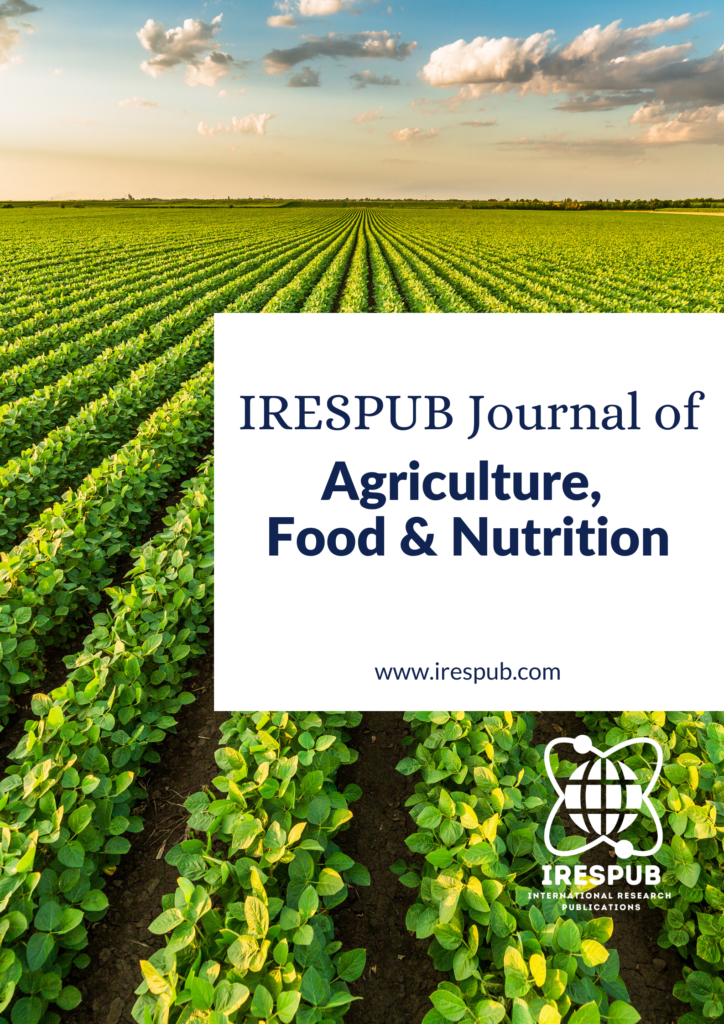
Year Launched: 2021
Journal Menu
- Scope & Research Areas
- Instructions for Authors
- Article Processing Charge
Journal List
- Natural & Applied Sciences
- Life Sciences
- Business Management
- Education & Literature
- Humanities & Cultural Studies
- Medical & Dental Sciences
- Engineering & Computer Sciences
- Agriculture, Food & Nutrition
- Environmental & Material Sciences
- Wellness & Lifestyle Management
- Arts & Ideas
- Law, Policy & Religion
Response of different groundnut (Arachis hypogaea) cultivars to different rates of NPK 15:15:15 in Igbariam environment of Anambra State, Nigeria
Volume 2, Issue 2, Mar-Apr 2022 | Page 1-7 | PDF (250K) | Pub. Date: March 22, 2022
Author(s)
E.E. Okoli; Department of Crop Science and Horticulture, Chukwuemeka Odumegwu Ojukwu University, P.M.B. 6059 Awka, Anambra State
Abstract
This study was conducted to determine the effect of different levels of NPK 15:15:15 on three cultivars of groundnut (Kampala, Honey, Nwanyiocha). Levels of NPK 15:15:15 include 0kg, 0kg, 20kg and 30kg/ha were assigned to these three cultivars of groundnut. Parameters measured were number of leaves, number of branches, plant height, days to 50% flowering, Number of pods/plant, Pod weight, 100-seed weight, and Yield (t/ha). These data were then be subjected to analysis of variance (ANOVA) using GENSTAT release 10.3 statistical software. Results showed significance differences (P<0.05) amongst treatments in some parameters measured. Nwanyiocha at10kg/ha of NKP 15: 15: 15 produced the best growth and yield indices while kampala cultivar had the lowest growth indices. In the number of branches all cultivars had significant growth without the application of fertilizer. Honey cultivar had a favourable growth from 4 WAP to 8WAP unlike the kampalacultivar. I0kg of NPK 15:15:15 had the best effect on the three cultivars ofgroundnut compared to other levels ofNPK 15:15:15 that were applied. It is concluded that NPK 15: 15: 15 had significant effect on groundnut growth. The best cultivar with regard to yield was Nwanyiocha (1.6t/ha) and was therefore recommended for farmer in the research area with the fertilizer application of NPK 15:15:15 at 20kg per hectare.
Keywords
groundnut cultivars, NPK 15:15:15, Igbariam environment, Anambra State.
Cite this paper
Okoli, E. E. (2022), Response of different groundnut (Arachis hypogaea) cultivars to different rates of NPK 15:15:15 in Igbariam environment of Anambra State, Nigeria, IRESPUB Journal of Agriculture, Food & Nutrition. Volume 2, Issue 2, Mar-Apr 2022, Page 1-7
References
[1] Echekwu, C. A. and Emeka, I. (2005). Groundnut, Endoowing, The Groundnut /Rediscovery program in Nigeria. Opah Mission Abuja. pp18.
[2] Elnaim, A.M., M.A. Elduoma and A.E. Abdalla, (2010). Effect of weeding frequencies and plant density on vegetative growth characteristics of groundnut (Arachis hypogea) in North Kordofan of Sudan. Int. J. Appl. Biol. Pharm. Technol., 1: 1188-1193.
[3] FAO (2015). Food and Agriculture Organization of the United Nations, FAOSTAT database.
[4] ICRISAT (2015). Groundnut Crop, International Crops Research Institute for Semi Arid Tropics. www.icrisat.org/crop- groundnut.html.
[5] Larinde, M. (1999). Groundnut Seed Multiplication and constraints: FAO’s experience in: Alhyu, A. and Nwafor, G.O. (eds). Restonng the Status of Groundnut in NationalEconomy. Proceedings of National workshop on Groundnut Rehabilitation inNigeria. FAO/FDA Kano, Nigeria 11 – 12 May, pp. 33 – 34.
[6] Manish, K. P., Emmanuel, M., Peggy, 0., Xuanquiang, L., Patricia, G., Shyan, N. N., Hari, D. U., Pasupuleti, J., Xin you, Z., Baozhu, G., Douglas, R C., David, J. B., Richard, M., Rajeev, K. V. (2012). Advances in Arachis Genomics for Peanuts Improvement. Biotechnology Advances , 30(3):639-65.
[7] Okoli, E.E. and Nworji M.J.( 2020).Evaluation of the performance of 21 maize hybrids (Zea mays L.) for yield and other agronomic attributes in Owerri West, Southeastern Nigeria. International Journal of Science, Environment and Technology, Vol. 9, No 2, 136 – 147.
[8] Olorunju, P. E. and Ntare, B. R. (2001). Combating viruses and virus disease of groundnut through the use ofresistantvarieties: A case study of Nigeria.Plant virology in Sub-Saharan Africa.I89-202.
[9] Osei, D., S. Lamptey, C. L. Ayisi, and A. Apraku (2014). Effects of rhizobium inoculants and growth stages on shoot biomass and yield of soybean (Glycine max(L.) merril), International Journal of Scientific and Technology Research, vol. 3, no. 4, pp. 321–327.
[10] Waliyar, F., Kumar, P. L., MonyO, E., Nigam, S. N,, Reddy, A. S., Osiru, M. and Diallo, A. T. (2007). A Century ofResearch on Groundnut Rosette Disease and its Management. Technical
[11] Xiao-long, S., Z.M. Zhang, L.X. Dai, G.C. Zhang, D.W. Ci, H. Ding, and J.M. Tian. (2018). Effect of Calcium Fertilizer Application on Absorption and Distribution of Nutrients in Peanut under Salt Stress. Chinese Journal of Applied Ecology 29(10):3302-3310.

